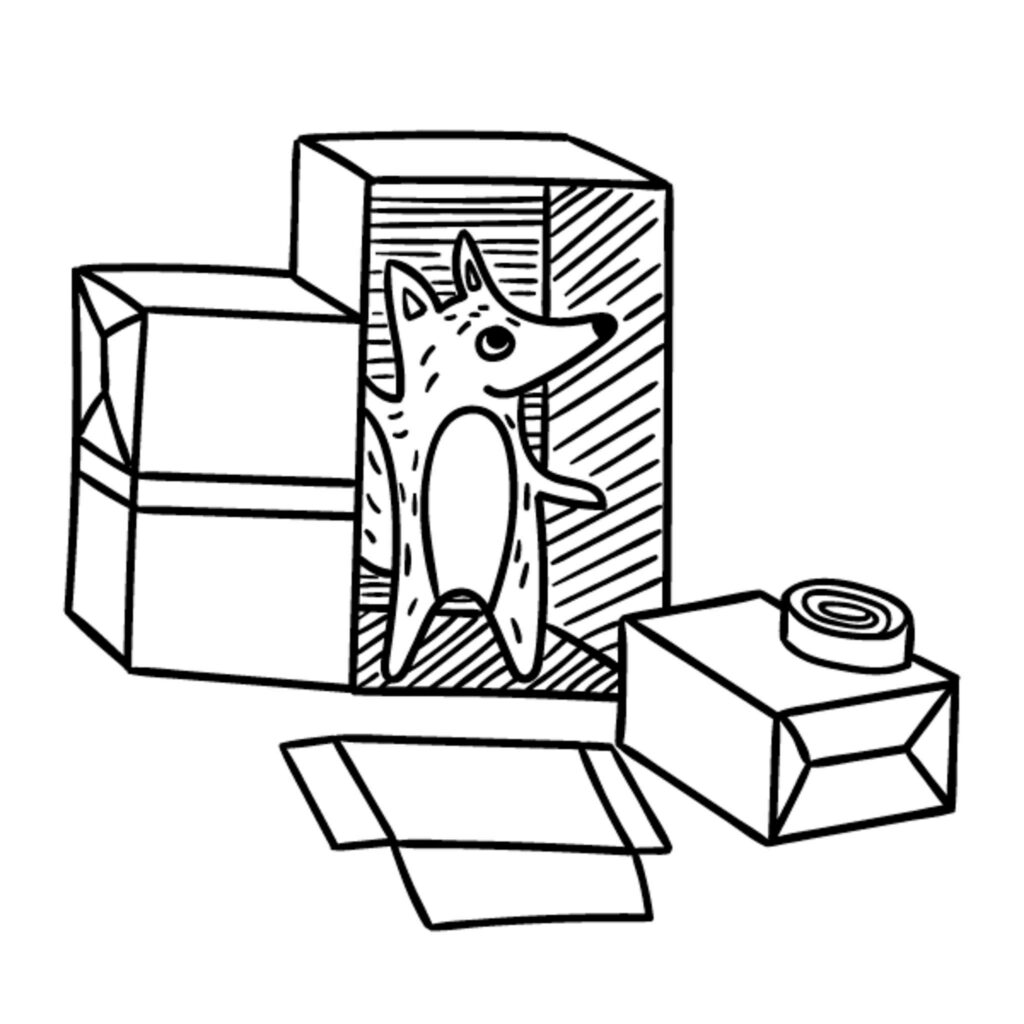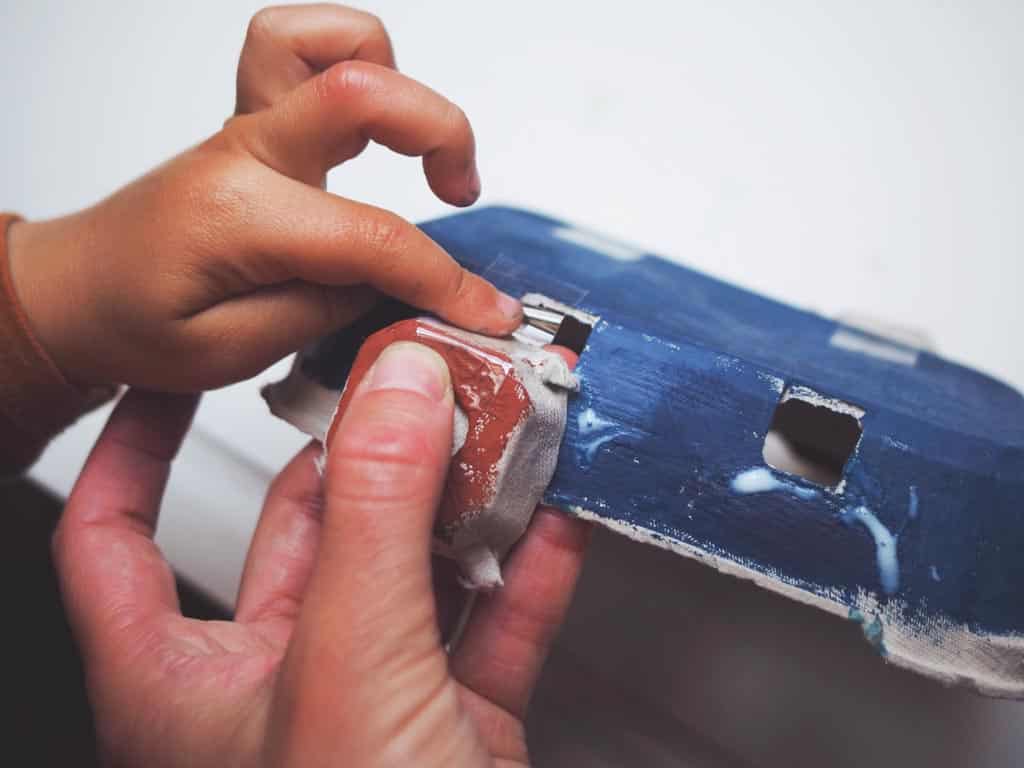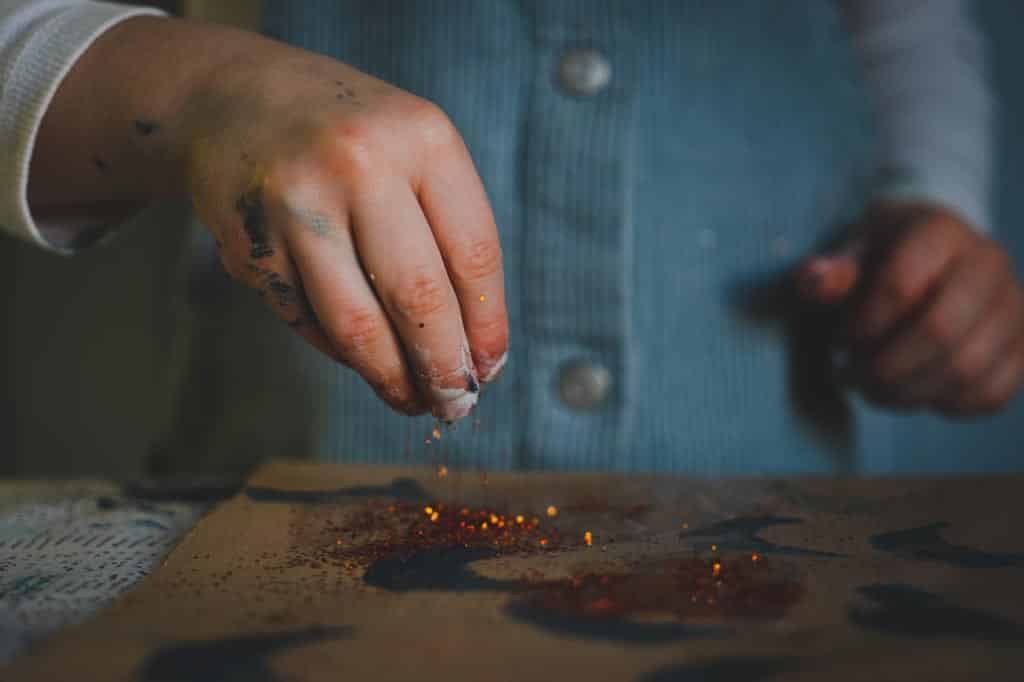How many uses can you think of for a paperclip?
Children are masters of this kind of thing but our ability to think creatively diminishes over time.
Complex problem solving is expected to be the number one work-related skill for the coming decades. But too many parents have been led to believe that they should be teaching numbers and letters to their pre-schoolers.
As a result, there is less time for play and fewer opportunities for problem-solving and creativity.
The answer: free, unstructured play.
How could you change the toys and experiences you offer your child to encourage them to play in this way?
Children instinctively know what’s good for them. Give them the freedom to pursue it.
Too many toys stifle creativity
It’s an age-old parent trap: giving children lots of versions of the same toy. Whether it’s hundreds of cars or piles of dolls (who always seem to lose their clothes), most parents are familiar with the sight of a toy box brimming with variations on the same theme.
Children don’t need many toys
A One Hundred Toys we believe that children don’t generally need more than one of anything. Recently, I realised that my eldest son, 3, had six fire engines. No child needs six fire engines! (Arguably, they don’t even need one, since with a few blocks or a cardboard box they could probably make their own – but I’m aware I’m an extremist.) But it just goes to show that even seasoned professionals like me can’t always stop the proliferation of a ‘favoured’ toy.
Learn which toys nourish your child’s play so you can get rid of the rest.
My aim with One Hundred Toys is to give you the confidence to resist the safe bet. It’s my experience as a teacher and parent, that given time and space to use their imaginations, children will generally find a way to create that second fire engine if they really want it, and the third and the fourth. Old juice cartons, shoes, a banana – once they are given the freedom to use their own minds they will come up with all sorts of ideas.
I’m not suggesting children don’t need any toys – good ones can be wonderfully stimulating and engaging. But it’s my belief that your money is better spent on providing a range of experiences and developing the full spectrum of skills – not only those required in the comfort zone of the failsafe car or doll. That’s why I created the 100 – a carefully-curated selection of toys, games and fun things-to-do that I believe every pre-school child should experience. You won’t find many fire engines here; instead you’ll find flexible, durable toys that can morph and switch into the things your child wants, when they want them. So next time you are tempted to buy that new truck, take a look at the 100 and see what else you could give them instead.
Do schools kill creativity
Many children, who may be brilliant, grow up thinking they are not because the school system does not recognise their strengths. Not only is this approach damaging to our children, but it is not fit for purpose in the modern world.
Today’s education system has its roots in fulfilling the needs of the 19th century’s industrialists. The focus is on a few academic subjects. Factories needed workers and the requirements were basic: literacy, numeracy and obedience. There was no room for creativity.
But what if your child loves to build with blocks? Or devises ingenious experiments? Or has a talent for drawing? As adults we can see where these skills might lead, but they are harder to spot and to celebrate in a school setting.
And league tables make things worse. For schools, results are everything. And the the results that matter are maths and English.
Does your child have any non-academic interests? What could you do to foster them?
Where could it all lead?
When we value their interests, children thrive.
Be creative with what you have
Sometimes you’re stuck at home. The weather is foul and the toys feel stale. What to do?
Rainy days spent indoors needn’t lead to boredom and grumpiness.
Children like to move and space is in short supply at home.
What could you do to get them moving that wasn’t too boisterous? You don’t need any special equipment.
Put on the radio and dance.
Scatter stepping-stone cushions across the crocodile-infested rug.
Play Simon Says.
Sing ‘Heads, shoulders, knees and toes’.
Have a living-room Olympics: see how many star jumps you can do in a minute; count how many times you can throw a balled-up sock into the wastepaper bin.
Whatever you do, make sure it’s different and make sure it’s fun. Soon enough your children will get the idea and start to invent their own games.
There’s something in the room with you right now that is waiting to be played with in a new way. Can you see it?
Time for a well-earned cup of tea.




